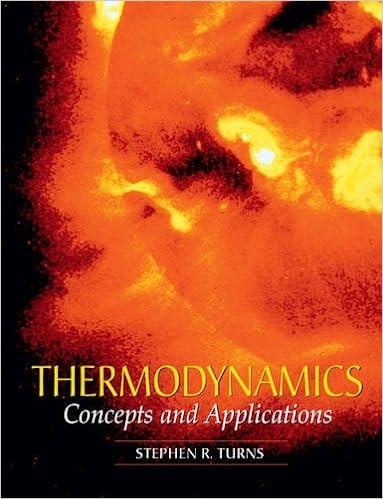Answered step by step
Verified Expert Solution
Question
1 Approved Answer
Problem points ) . Phase transformation and microstructural evolutions: Suppression of melting point in nanoparticles. Consider first melting in the bulk phase. ( a )
Problem points Phase transformation and microstructural evolutions: Suppression of
melting point in nanoparticles.
Consider first melting in the bulk phase.
a Sketch the molar free energy lines for the solid and liquid phases as a function of temperature, near
the melting point, Pick a temperature below and indicate on your diagram the driving force for
solidification.
b Use your diagram to derive the expression for that driving force as a function of the enthalpy of
melting, the melting temperature, and the actual temperature.
Consider now the melting of spherical nanoprecipitates. Recall that capillary effects in a pure element
are equivalent to raising the free energy of the solid phase with respect to that of the liquid phase by
per unit volume where is the solid liquid interface energy and the radius of interfaces.
c Replot and modify your free energy diagram to account for capillary effects.
d Derive the expression for the melting temperature of nanoparticles as a function of their radius
Lastly consider the case of faceted nanoparticles. In this case, the capillary effects take the expression of
where hkl refers to a facet crystallographic orientation and is the halfdistance between
opposing hkl facets. The temperature is raised, starting from low temperature where the nanoparticles
are in a solid state.
e Should all the facets of a faceted nanoparticle melt at the same temperature?

Step by Step Solution
There are 3 Steps involved in it
Step: 1

Get Instant Access to Expert-Tailored Solutions
See step-by-step solutions with expert insights and AI powered tools for academic success
Step: 2

Step: 3

Ace Your Homework with AI
Get the answers you need in no time with our AI-driven, step-by-step assistance
Get Started


